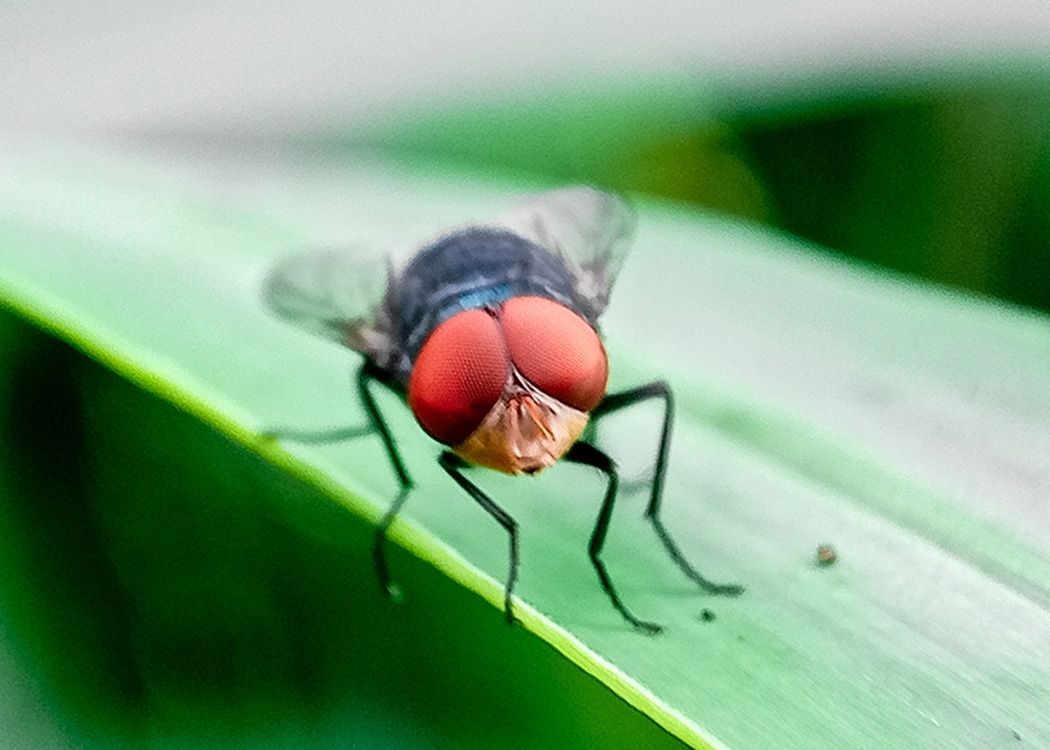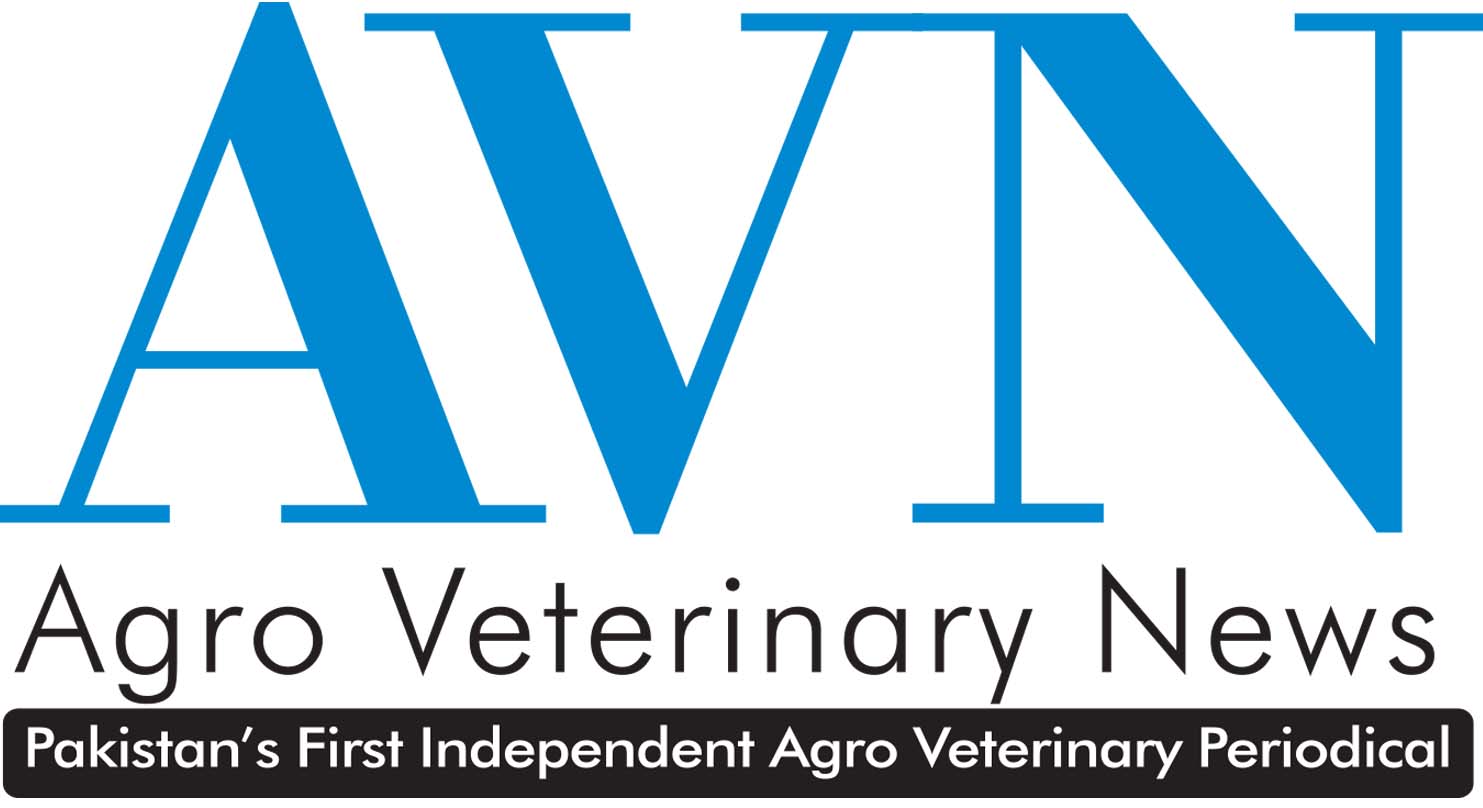USDA launched an $8.5 million sterile fly dispersal facility in South Texas and unveiling a sweeping five-part plan to boost surveillance, response, and eradication efforts at the border and beyond.
A Rapid Response to a Looming Threat
NWS, a destructive pest that threatens livestock, wildlife, pets, and, in rare cases, humans, has been detected as far north as Oaxaca and Veracruz, Mexico — just 700 miles from the U.S. border. In response, Secretary Rollins suspended imports of live cattle, horses, and bison through southern border ports last month and has now outlined a strategy designed to keep the pest out of the United States.
“The United States has defeated NWS before and we will do it again,” Rollins said. “We do not take lightly the threat NWS poses to our livestock industry, our economy, and our food supply chain. The United States government will use all resources at its disposal to push back NWS, and today’s announcement… is just the beginning.”
Highlights of USDA’s Five-Pronged Plan:
- Stop the Pest in Mexico:
- Expanded sterile fly production with $21 million invested in Mexico, increasing capacity to over 160 million sterile flies per week.
- Direct USDA oversight and continuous auditing of Mexico’s animal health controls.
- Ongoing technical assistance and materials for surveillance and detection.
- Fortify the U.S. Border:
- Intensified trapping, monitoring, and public outreach along the border.
- APHIS tick riders, in partnership with Customs and Border Protection, to intercept and treat stray livestock.
- Maximize U.S. Readiness:
- Updated emergency management plans in cooperation with state and local authorities.
- Regulatory streamlining to accelerate response and treatment deployment.
- Take the Fight to the Screwworm:
- Immediate construction of a domestic sterile insect dispersal facility at Moore Air Base, with capacity to serve both sides of the border and plans for even greater domestic sterile fly production.
- Drive Innovation for Eradication:
- Investment in new research, technologies, and improved sterile insect techniques — including genetically modified strains and advanced irradiation methods.
- Enhanced cooperation with land-grant universities and expanded local training and surveillance.
USDA will also hold public listening sessions to gather input on sterile fly production, eradication tools, and innovative solutions.
Broad Support Across Texas and the Livestock Industry
Texas leaders, including Governor Greg Abbott and congressional representatives, praised the initiative as a critical step to protect the state’s ranchers and the nation’s food supply. Producer groups such as the National Cattlemen’s Beef Association and the Texas Farm Bureau lauded the opening of a U.S.-based eradication facility, calling it essential to safeguarding American agriculture.
“Sterile flies are the only known way to stop the reproduction and continued expansion of New World screwworm, and it’s assuring to see Secretary Rollins follow through her early commitments,” said Stephen Diebel, First Vice President of the Texas & Southwestern Cattle Raisers Association.
Bottom Line: With the threat of NWS advancing north, USDA’s aggressive new strategy seeks to shield U.S. agriculture, protect rural economies, and ensure continued confidence in North American livestock trade.





